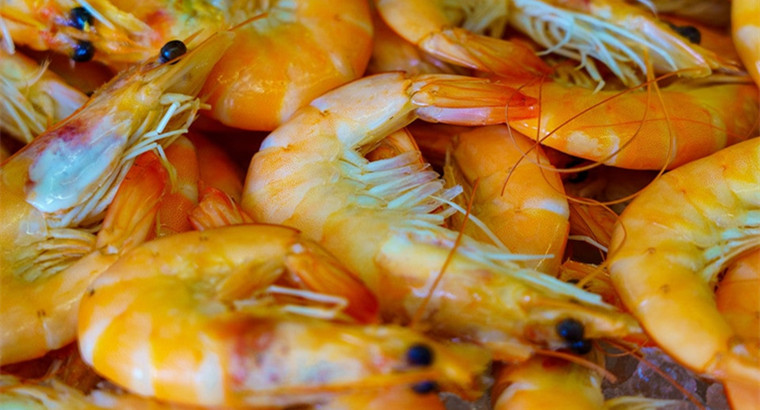If you are a seafood lover, you probably love eating shrimp in all its shapes and sizes. They are a beloved and tasty treat that many enjoy but that most know quite little about.
For most people, many questions still remain unanswered. Can you eat shrimp tails or shells? What is the nutritional value of shrimp? And what are the best ways to prepare it? Stay tuned to find out as the article takes a deep dive into all things shrimp!
An Introduction to Shrimp
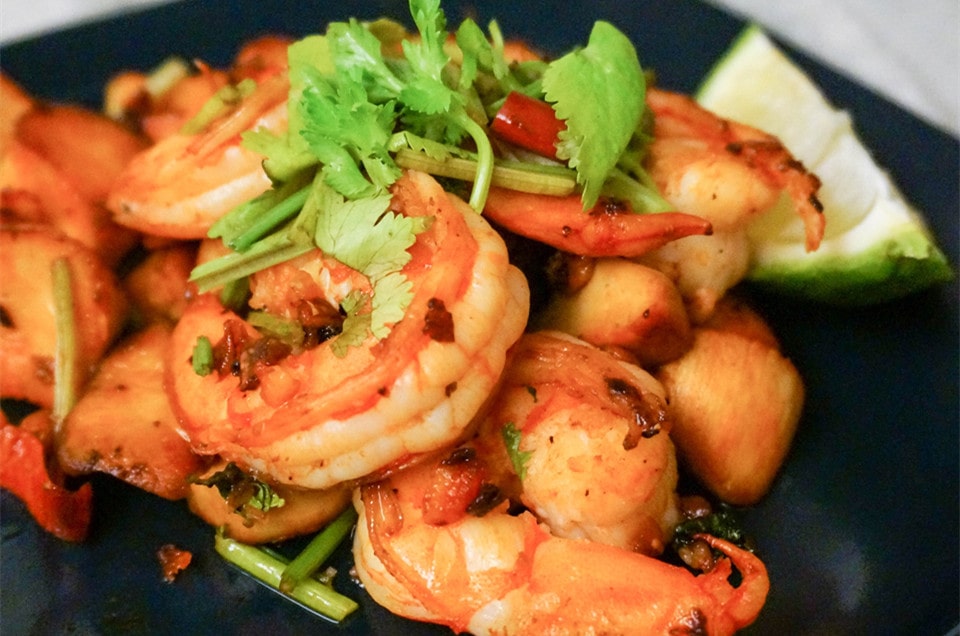
Shrimp are small marine animals that belong to decapod crustaceans. They have a long body, muscular tails, and thin, elongated legs (ten in total). Not many types are available commercially, as other carnivores living in waters love feeding on shrimp as well. Thus, these crustaceans are quite expensive and challenging to find.
The most commonly available shrimp species are pink, white, red, and brown. However, regardless of their color, they will turn red or pinkish once you cook, fry, or bake them.
Most shrimp are naturally small. In fact, they often do not exceed 2 cm in length. However, certain species are bred to be bigger and meatier, purely for consumption purposes. Whichever size they are, all shrimp have a thin exoskeleton made of chitin and no inner skeleton at all. That means that they do not belong to the same family as fish, but rather as lobsters and crabs.
As far as habitat goes, preferences depend on the species. Around 23% prefer freshwater and the rest saltwater. However, no matter what type of water they prefer, they all live at the very bottom, making it somewhat hard to catch them.
Shrimp eat both plants and other sea animals around them. They are not picky at all and will eat just about anything to survive. That even includes dead shrimp, although they only consume those if there is nothing else.
What Parts of Shrimp Can You Eat?
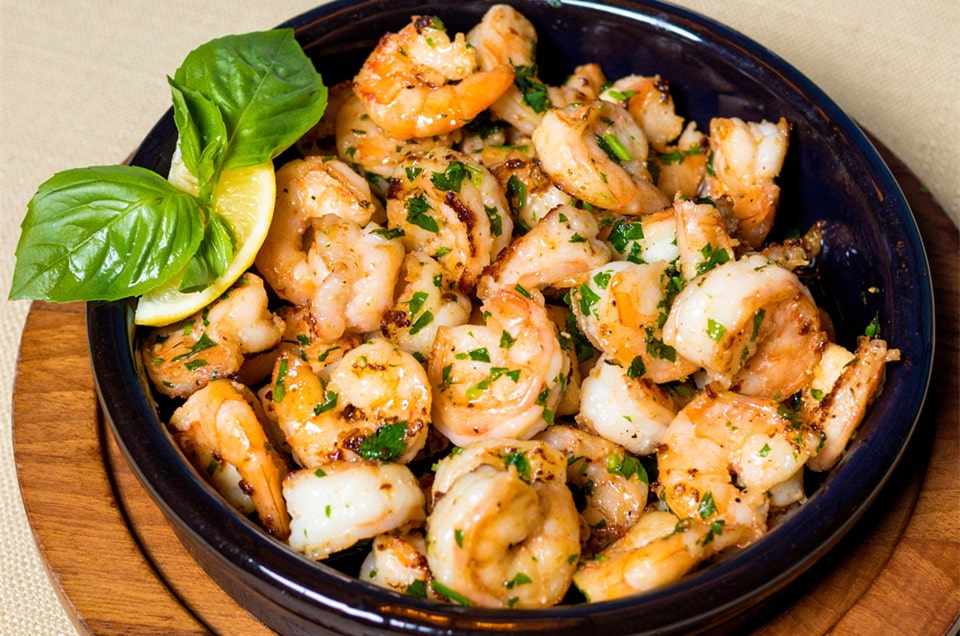
Generally speaking, all parts of shrimp are edible. You can consume the head, the shell enveloping the body, and the tail. None of them are in any way poisonous or unsuitable for human consumption.
In reality, which parts you will eat mostly depends on your preferences. Everyone eats the insides of the shrimp. That part is meaty and soft and carries most of the flavor.
However, many people love eating the head and tail as well. Eating the head is pretty simple. You can just put it inside your mouth and chew. The texture is a bit hard, so you can also suck out the mass inside the head and eat it that way.
The tail is just as easy to consume. Similarly to the head, you will just have to chew it a bit more diligently. If you want to avoid things getting messy, you can just put the entire shrimp in your mouth and savor the taste that way. After all, it is only 2 cm long, so you won’t have trouble eating it whole at all.
The only part of shrimp that many people are iffy about eating is the vein that goes throughout the entirety of the body. While it does resemble a vein, it is actually the shrimp’s digestive tract. As such, it could contain bacteria and a lot of other potentially harmful substances.
Still, if you cook the shrimp well, the vein is also edible and will not cause any food poisoning. As with most parts of shrimp, whether you remove or eat it is fully up to you.
What Do Shrimp Tails Taste Like?
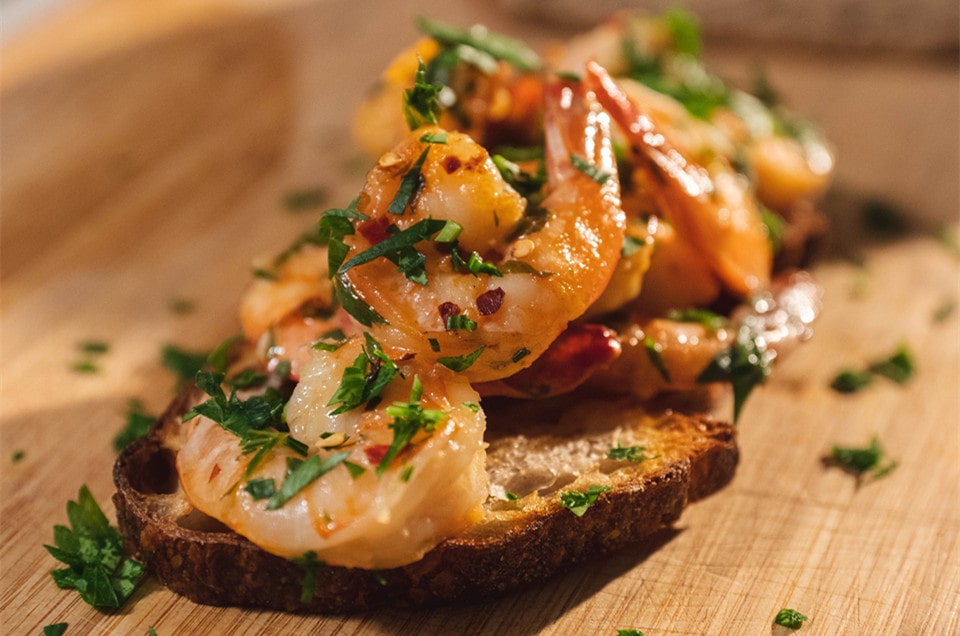
Just like the shells, shrimp tails are covered in chitin. That gives them a meaty flavor that many enjoy. If you are cooking and want something to add some umami to your dish, shrimp tails are some of the best ways that you can achieve that.
In fact, many chefs actually keep shrimp tails on just for flavor anyway. Since many people do not like the crunchy texture of the tails, most restaurants then remove the tails right before serving. That is especially the case with broths. Shrimp tails can make an excellent addition to a broth, but then you simply take them out once the broth is cooked.
However, if you like the crunchiness and you enjoy the taste, you can eat the tails no matter what dish they are a part of. Again, it is all up to your own preference at any given moment.
Are Shrimp Tails Dangerous In Any Way?

No, not at all. As mentioned above, shrimp tails are fully edible and do not present any danger to consumers. They are made of chitin, meaning that they actually contain lots of protein. Still, they are low on calories, meaning that you can eat them even if you are trying to lose weight.
Thus, not only are shrimp tails edible, but they are also quite healthy. If you pair their nutritional value with that of the rest of the shrimp’s body, you get a well-balanced and healthy meal that you will want to come back to time and time again.
Of course, it goes without saying that you should not eat shrimp tails if you are allergic to shrimp in general. Even though none of the meaty mass is actually in the tail, you will still have the same allergic reaction. Thus, avoid all parts of shrimp if you have such allergies.
The Nutritional Value of Shrimp Tails

As already mentioned above, shrimp tails are rich in protein. In that regard, they resemble keratin, meaning that they are a healthy source of all the good protein your body needs to function normally.
The tails are also abundant in carotenoids. Carotenoids are antioxidants that protect your cells from damage from free radicals. As such, they have a role in keeping your cells healthy and functioning on the highest level of efficiency. Apart from that role, these molecules are what gives shrimp their recognizable reddish or pinkish color.
Shrimp tails also contain certain enzymes and molecules that are good for your skin. These molecules will help keep your skin cells elastic and healthy, which is why including them in your shrimp meals can be quite beneficial.
In addition, eating shrimp tails along with the rest of the body will keep you feeling full for a longer period. That is what makes them a great choice if you are on a weight loss journey.
Here is the full list of nutrients that you can expect in shrimp with its tail on (a 3-ounce course):
• 84 calories
• 18 g of protein
• 48% of the recommended dietary intake (RDI) for selenium
• 9% of the RDI for zinc
• 21% of the RDI for vitamin B12
• 12% of the RDI for phosphorus
• 7% of the RDI for magnesium
• 11% of the RDI for niacin
More Reasons to Keep Shrimp Tails On
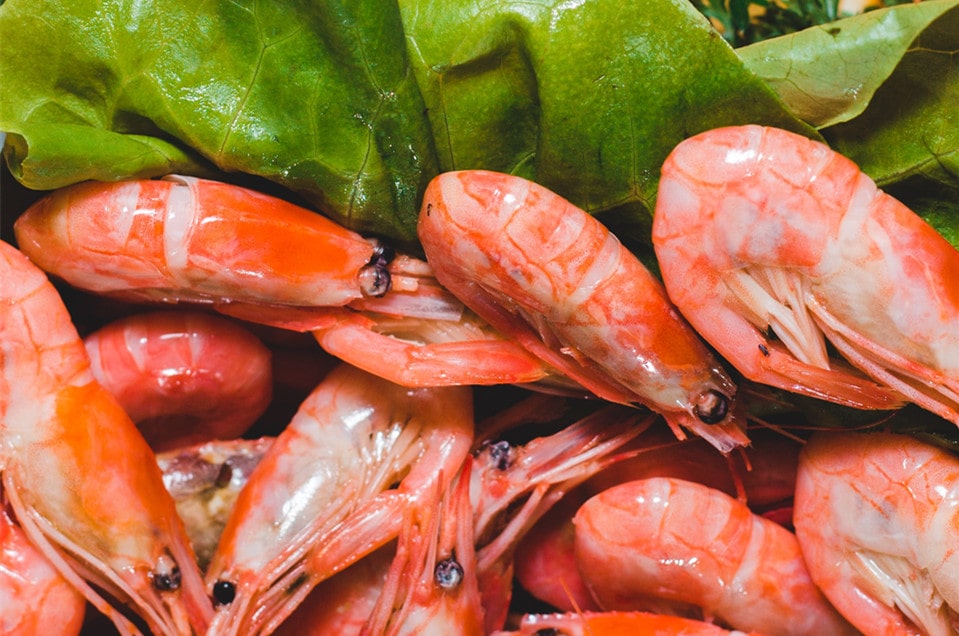
1. Aesthetics
For a lot of chefs, aesthetics are everything. Thus, a lot of them actually keep the shrimp tails on when cooking and serving their meals simply because it makes the shrimp look better on a plate.
The tails make the shrimp look elegant and sophisticated. In addition, the meal appears fresher and more natural if the tail is visible. Whether you remove the tails while eating or eat them is fully up to you.
Of course, if there is a possibility of asking the chef to remove the tails for you, feel free to use it. If you are cooking the shrimp yourself, you can do whatever feels right to you.
2. Tails Help With Deep Frying
If you want to deep-fry your shrimp, keeping the tail and shell on is a handy way to ensure the insides are fried to perfection. The shell and tail will protect the meaty part and ensure it doesn’t burn.
In addition, the tails will make it easy for you to pick up the shrimp from hot oil. You will only have to use tongs to grab the tail, and transferring the shrimp to a plate will be the easiest thing.
Finally, since you should eat the shrimp hot, you can also use the tail to hold it up to your mouth without burning yourself. Whether you eat the tails or not, they present you with a practical way to consume the rest of the shrimp.
A Word of Caution
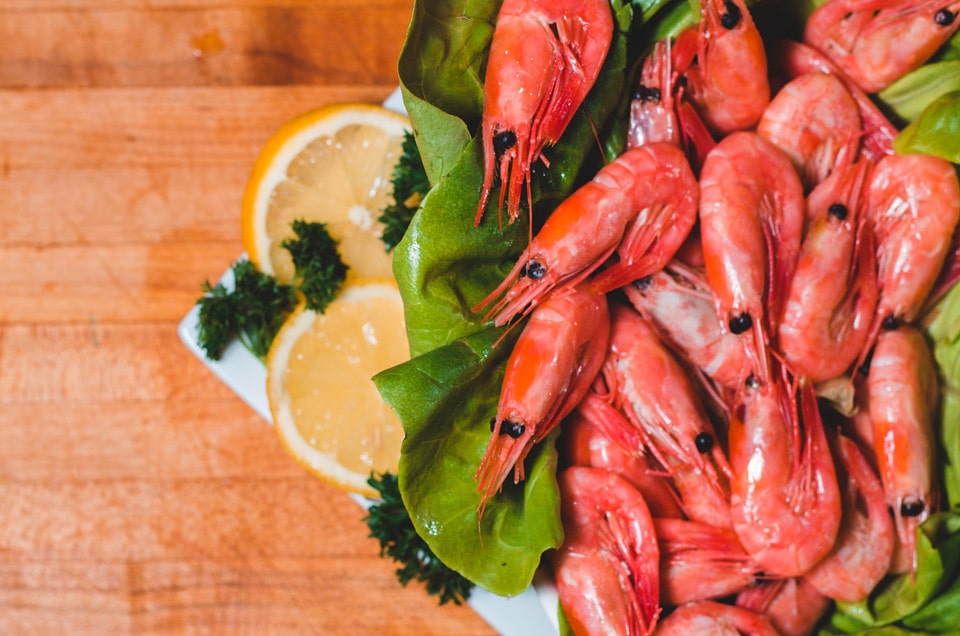
Shrimp tails are fully edible on shrimp that are up to 3 cm in length. In such shrimp, the tails are crunchy enough to provide great texture but not hard enough to be hazardous in any way.
Thus, the tails of small shrimp will not break or chip your teeth. Moreover, there will be almost no danger of choking. As long as you chew carefully, you should be fine eating them. After all, chewing slowly will help you savor the flavors as well.
However, things are a bit different with shrimp that people breed to be bigger and meatier. While such shrimp contain a lot more soft meat for you to enjoy, their tails and shells have a considerably harder surface.
If you think about it, it makes perfect sense. Since there is more meat on the inside, the outer skeleton needs to be harder. That way, it can hold everything inside safely, making it easier for you to prepare the shrimp.
If your shrimp exceeds 5 cm in length, you will most likely not be able to chew on its tail at all. Doing so can be dangerous, as you could break your teeth or choke. Generally speaking, it is best to test the waters first and see whether the tail is chewy or not. Once you assess the situation, you can proceed accordingly.
It Is Important to Cook the Tails Well
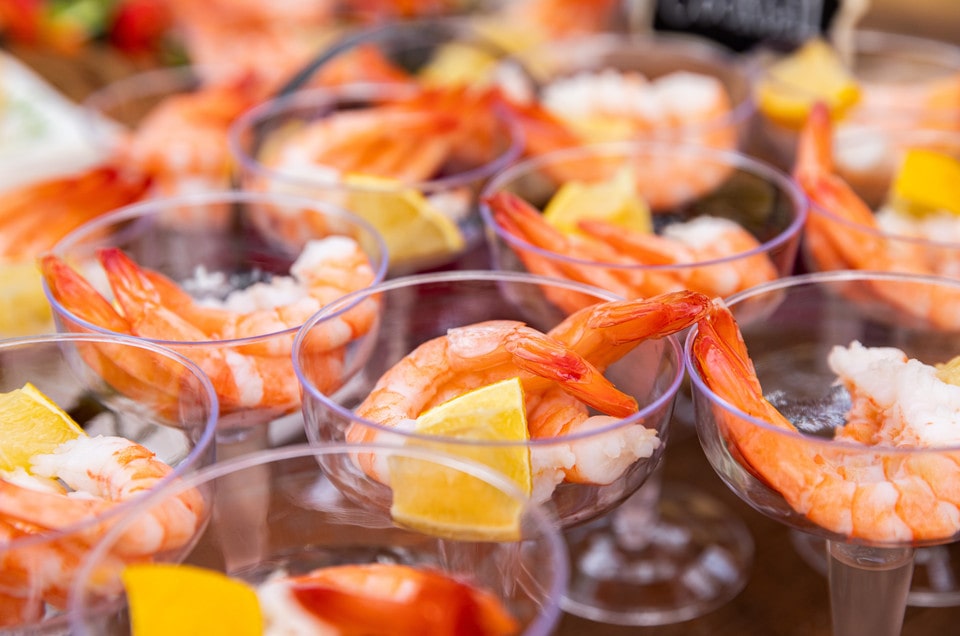
As with all seafood, it is essential that you take the time to cook the shrimp long enough. However, that is even more important if you are keeping the tails on.
The tails need to be cooked for a certain period, as a lot of bacteria and other harmful organisms can stick to it and breed on its surface. If you cook the shrimp right, all of those organisms will be eliminated and your shrimp will be safe for consumption.
If you are frying your shrimp, you will need to fry it on each side for about three minutes. Thus, it should take around six to seven minutes for the shrimp to be ready and safe.
Pretty much the same applies to cooking the shrimp. You need to do it for about ten minutes on medium heat or around six at high heat. If you want to cook the shrimp first and then fry or grill it, transfer them from the boiling water into ice-cold water before you proceed with the frying or grilling.
If you follow all of the suggestions in this section, you will avoid food poisoning. Your shrimp will also taste much better and be a greater addition to your meal.
Seasoning Is Important
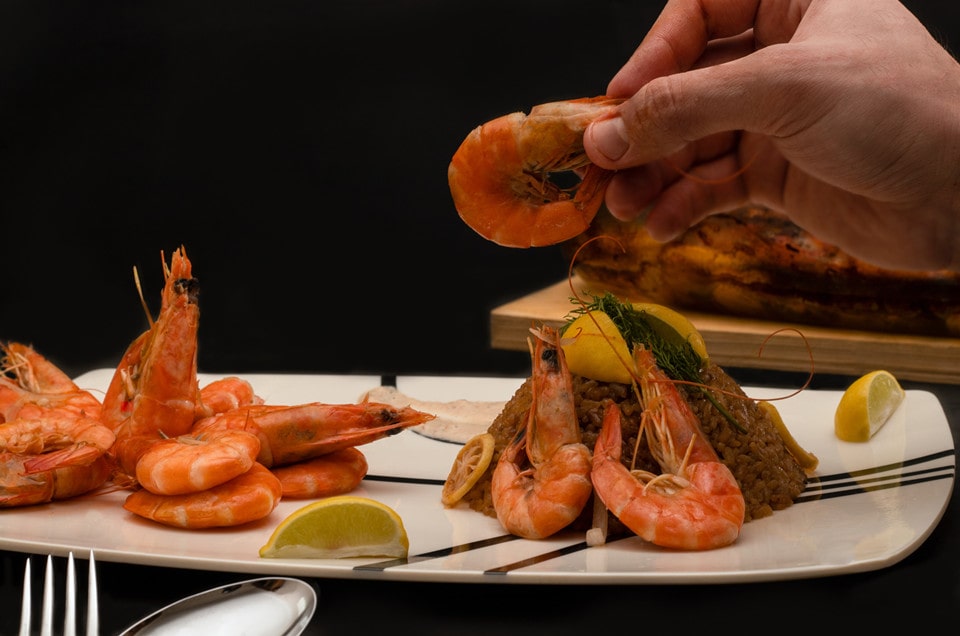
For shrimp tails to be truly delicious, you will need to season them well. In fact, they won’t add much flavor to your meal at all if you don’t.
You can season the tails (and shrimp in general) with just about anything you like. However, it is best to use garlic, kosher salt, different types of Italian seasoning, and cayenne pepper.
These ingredients will ensure that the tails become the flavor powerhouses that they have the potential to be. They will enhance the umami and meaty flavor of the tails and make them even crispier than before.
The best thing you can do is to experiment with seasoning as much as you can. Try different combinations and don’t be scared to mix things up. By doing so, you will find the best way to make your shrimp taste more delicious every time you prepare them.
Tail and Shell Powder: A New Way to Consume Shrimp Tails
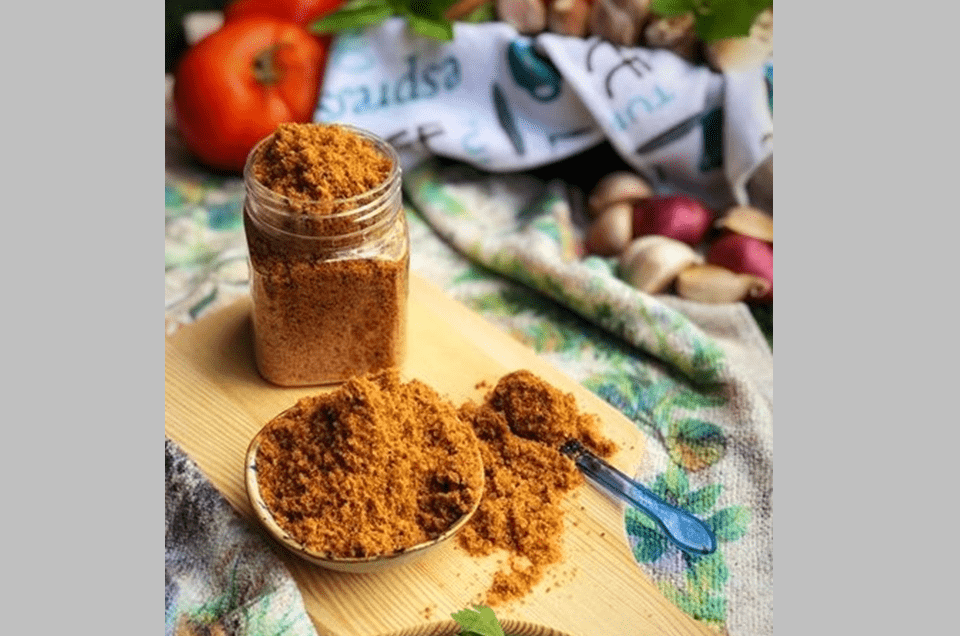
Image source: Pinterest
Recently, a new kind of shrimp product hit the market, and people went crazy about it instantly. It is shrimp shell and tail powder!
Manufacturers prepare this powder in a simple way. They cook or fry shrimp tails and shells. Then, they dry them and grind them into a fine powder. That way, they get a seasoning that you can add to any dish you are making.
Using this powder is a neat way to include shrimp tails and shells into your dish without having to go through the trouble of cooking them. You simply sprinkle some of the powder into whatever you are making, and it will taste just as delicious as fresh shrimp tails themselves.
Of course, you still shouldn’t use this seasoning if you have shrimp allergies. Reputable companies use actual shrimp to make it, and dried shrimp is equally dangerous for you as fresh shrimp is.
Best Recipes for Shrimp Tails
Here are some recipes that you can consider if you want to prepare your shrimp with the tails still on.
1. Tasty Shrimp Broth
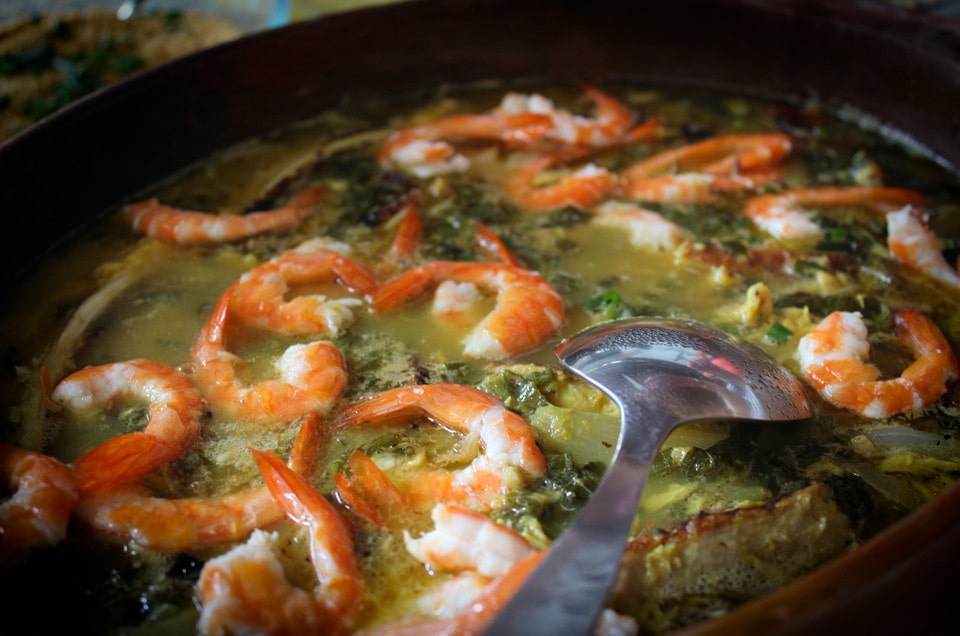
As mentioned above, shrimp tails and shells are perfect for broths. All you need to make this simple but fantastic dish is to saute the tails with some butter until the butter melts completely and the tails become golden.
Then, you should add in some water, seasoning, and any other aromatic herbs or vegetables you like. You can use anything from shallots to bay leaves, all according to your preferences. Wait until the dish simmers.
Once the water has reduced by about 25%, you will get a delicious broth that you won’t be able to resist. Remove the tails from it if you don’t want to eat them. Alternatively, you can leave them in for some added crunchiness.
This broth can be an amazing addition to any meal you are preparing. In addition, you can use it as a sauce and pour it over shrimp, whether it is fried, grilled, or cooked.
The tails have a harder surface than the insides of the shrimp, meaning that they can be cooked longer. Thus, you can get a shrimp-tasting broth without having to overcook the shrimp itself, which is a bonus.
2. Fried Shrimp
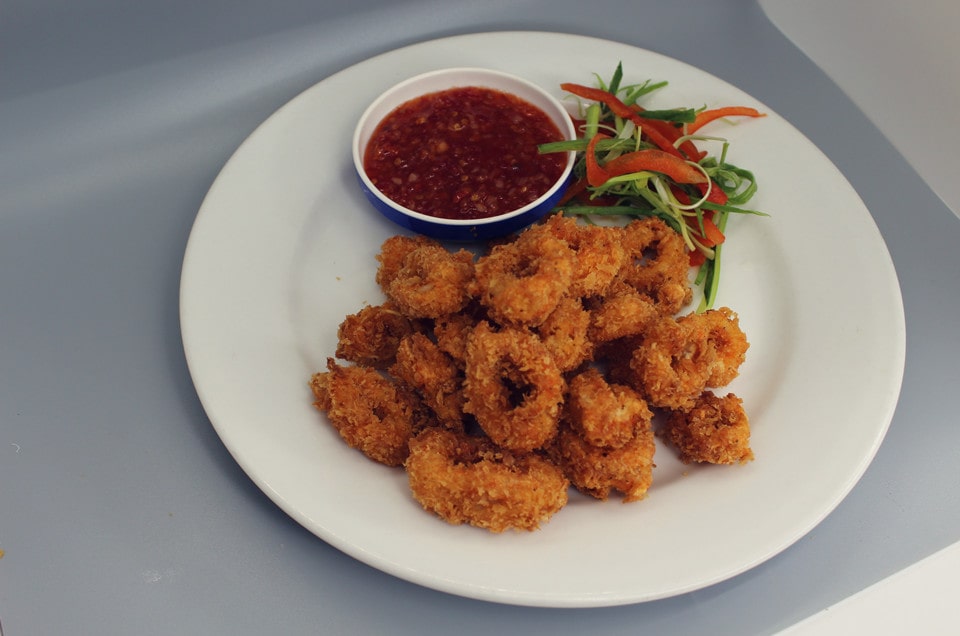
For most people, fried shrimp is a beloved seafood dish they come back to time and time again. However, not many know that keeping the tails on the shrimp during the frying can make the dish even more delicious.
The frying process is pretty much the same as for the shrimp with no tails. You have to dip the shrimp into a mixture of flour, pepper, salt, and other seasonings first. Then proceed by dipping it into eggs and then into bread crumbs. As usual, you can use any seasoning you like. If you are unsure, you can experiment until you find a combination you really like.
Fry the shrimp for around three minutes on each side. Leave them on for a bit longer if they are bigger. Once it is done, transfer the shrimp onto a paper towel so that any excess oil drains away. You will notice that handling the shrimp is a lot easier, as you can just grab it by the tail.
You can serve the shrimp with any dipping sauce you like or simply eat them as they are. The tails will taste deliciously fried and will make an amazing addition to an already tasty dish.


